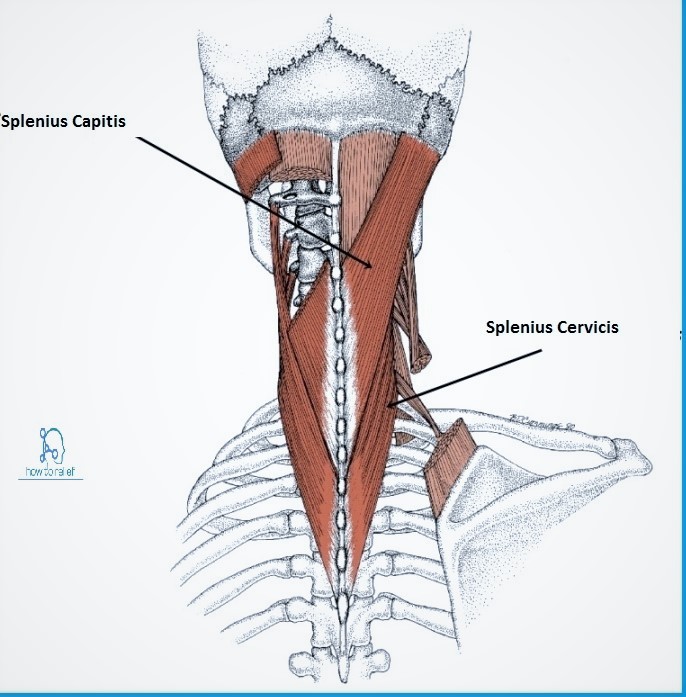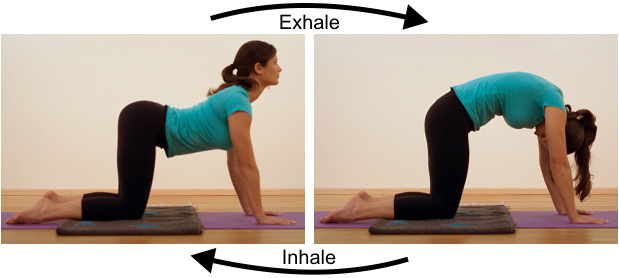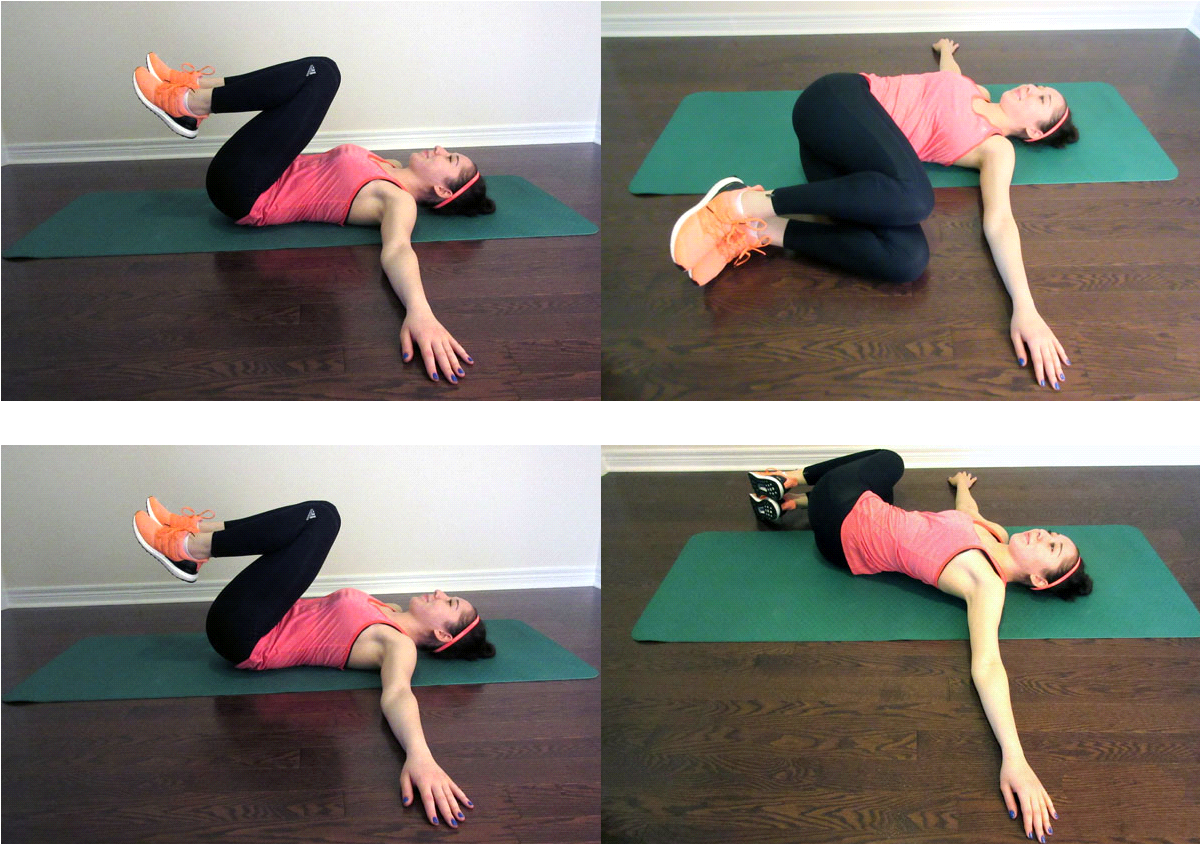Back Muscles: There is a complex group of back muscles that work together to support the spine, support the body upright position and allow the trunk of the body to move, twist and bend in various directions. Back Muscles divided into three groups –
- Superficial Back Muscles
- Intermediate Back Muscles
- Deep Back Muscles
The superficial and intermediate back muscles are extrinsic muscles. Anterior rami of the spinal nerve innervate them. Muscles associated with movements of the upper limb belong to the superficial back muscles. The intermediate back muscles perform a respiratory action and comprise of muscles connected to the ribs.
The deep group of back muscles is called intrinsic muscles. They are a direct correlation with the function of the vertebral column and head and are innervated by the posterior rami of spinal nerves.
Superficial Back Muscles
1. Superficial Back Muscles are-

Intermediate Back Muscles
2. Intermediate back muscles are associated with movements of the thoracic cage.

Muscles are-
Deep Back Muscles
Deep back muscles are associated with movements of the vertebral column. The deep back muscles divided into three layers-
- Superficial
- Intermediate
- Deep.

Superficial Deep Back Muscles- The superficial muscles in this group – splenius capitis and splenius cervicis. They are both associated with movements of the head and neck.
Intermediate Deep Back Muscles- There are three intermediate intrinsic back muscles – 

Together these muscles form a column, known as the erector spinae. Most Deep Back Muscles- The deep intrinsic muscles are located underneath the erector spinae. They are a group of short muscles, associated with the transverse and spinous processes of the vertebral column There are three major muscles in this group –
Back Muscles Stretches
Stretches your back muscles To Relieve Your Lower-Back Pain, as well as Prevent back injury and keep your back muscles flexible by adding these stretching routine. The following are some stretches that aid in pain relief by helping take stress off the low back and hips and may greatly reduce the progression of arthritis in the spine. These back exercises should be done in a pain-free manner. If the pain is felt, it is best to stop the exercises and consider being assessed by a licensed physical therapist that specializes in the treatment of the spine. If one previously has low back pain or other health condition, it is expedient to first be evaluated by a physical therapist and, as suitable, receive supervision on how to do the following exercises-





1. Spine stretch/Child’s Pose- gently stretches your lower back muscles, which are likely contracted if you’re in pain. 2.Cat-camel back muscles stretch –Exhale and gently arch your spine. Inhale, tighten your core muscles and round your back, like a cat. Move slowly between movements and hold in each position for 6-12 seconds. Repeat 5 times. 3. Lower-Back Twist/Spinal trunk rotation-This stretch your lower back muscles but also your glutes, which can tighten when you’re experiencing low back pain, ultimately causing more pain. 4. Knee-to-Chest Stretch- These stretches lengthen contracted lower back muscles. 5. Seated forward bend-Try to hold each stretch for at least 10 seconds and preferably 30 seconds.
Back Muscles Strengthening Exercises
Back muscles strengthening exercises focus on the muscles surrounding the spine, core muscles, including the abdominal, gluteus, and muscles of the hip. All of the core muscles are essential in supporting and minimizing strain on the spine. The goal of back muscles strengthening exercise is to better support of the spine, better spinal alignment, reduced stress on the spinal discs and joints and overall posture. Back muscles strengthening programs are typically determined by working with a physical therapist. The kind of strengthening program typically depends on the patient’s condition and intimacy with an exercise program. Back muscles strengthening exercises are advised 2 or 3 times a week and as part of an overall schedule of stretching and aerobic exercise.
Easy Strengthening Exercises for Lower Back Muscles

Hip Lifts/ Bridges Lie on your back with your knees bent and with your arms flat on the floor on either side of you, press your feet into the floor as you gradually lift your buttocks off the ground until your body is in one straight line. Keep your shoulders on the floor. Hold in a raised position for 10 seconds, and gradually lower to starting position, relaxing the core muscles. Repeat five times.

Opposite arm and leg reach Start this movement by kneeling on all fours with your hands below your shoulders and your knees directly under your hips. Tighten your core muscles and gradually lift your right arm; at the same time, gently lift your left leg and flex your foot. Hold for 10 seconds and gradually lower to starting position. Repeat three times on each side.

Plank Plank holds are a great way to strengthen your core muscles and lower back muscles. Lying face down on the floor, tuck your toes into the ground and place your elbows on the ground. Keep your stomach muscles tight and gradually raise your body up off the ground and hold in a raised position. Hold for 10 seconds and gradually lower to starting position. Repeat five times.

Back Extension Hold for 10 seconds and gradually lower to starting position. Repeat five times.

